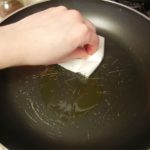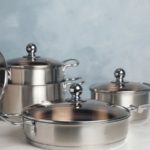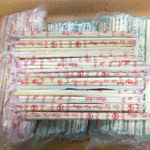The kitchen is always a place for all housewives to show their love for cooking. However, kitchen utensils carry a lot of harmful bacteria and get dirty very quickly no matter how much we clean them.
Brightside lists 5 kitchen utensils that are prone to dirt and that most of us do not pay attention to, as well as ways to clean them for housewives.
Plastic food containers
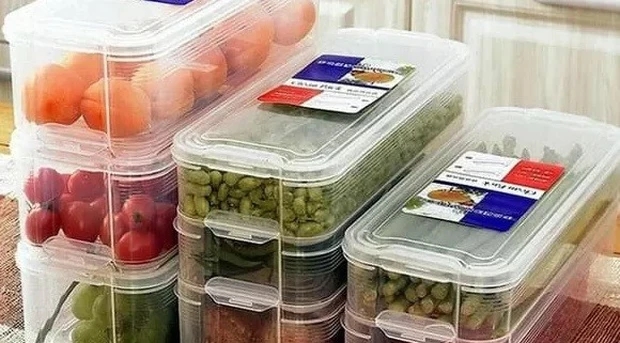
Plastic food containers are always the choice of housewives for food preservation. However, some manufacturers add harmful chemicals during the production process, especially for plastic containers.
Especially when you use them for a long time and use them to heat food, these chemicals have a significant impact on health.
Therefore, you should choose plastic that is certified safe for health, and only use specialized plastic products for microwaving food.
Non-stick pots and pans
Non-stick pans have a layer of Teflon. When the pan is heated for a long time at high temperatures until the oil reaches boiling point, the Teflon layer will decompose and release toxic perfluorooctanoic acid, which has the potential to cause cancer and miscarriage. On the other hand, non-stick pans of varying quality also pose many risks of poisoning. It is best to use traditional cast iron pots and pans.
Wooden utensils
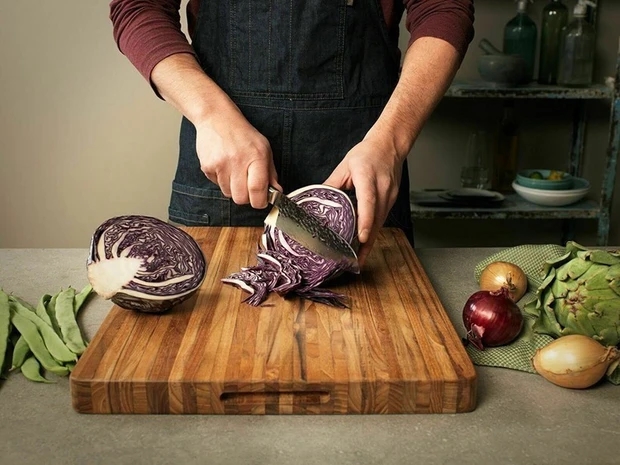
Wooden utensils such as chopsticks, cutting boards, spoons… are familiar kitchen utensils for housewives. However, if not properly stored or cleaned, wooden utensils can easily become moldy, causing harm to the health of family members. According to some studies, moldy wood contains aflatoxin, a toxic substance that can cause cancer in users.
Therefore, housewives should note that after cleaning wooden utensils, choose a place with sunlight to dry them. After using them for 6-12 months, it is advisable to replace them to ensure the health and safety of the family.
Microwave
Microwaves also harbor many dangerous bacteria for our health, as they heat up quickly, breaking down food into easily digestible substances and releasing some unknown substances that weaken the immune system.
In addition, microwaves do not heat food evenly but heat it in spots, resulting in different hot and cold spots on the food. As a result, bacteria can still exist in the cold areas.
Kitchen towels, dish scrubbers
Kitchen towels in a moist kitchen environment quickly become a breeding ground for bacteria, leading to harmful diseases. During cooking and cleaning, you will definitely use them to some extent. To avoid bacteria and dirt buildup, causing harm, you should change kitchen towels once a month.
Dish scrubbers are also daily used items in the kitchen. And long-term contact with different types of food, dish scrubbers pose a risk of creating bacteria. If not handled properly, bacteria will have the opportunity to cling to dishes, pots, etc…
Advice for housewives is to wash dish scrubbers twice a week in boiling water for 3-5 minutes and then dry them in a dry place. In addition, dish scrubbers should be replaced after 1-3 months of use.
According to Education and Times
How Often Should Women Replace Non-Stick Pans?
With non-stick pots and pans still being widely used despite their decreased effectiveness, many are wondering: Could this have an impact on people’s health?

























